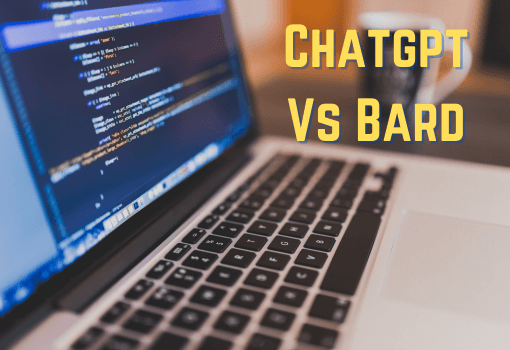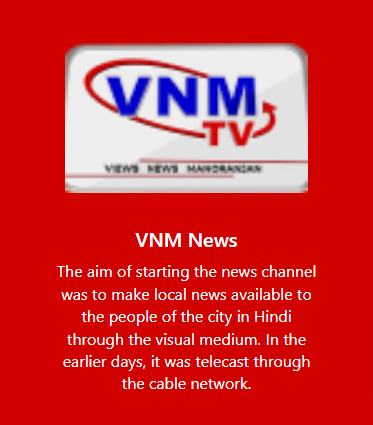Introduction:
The Rise of AI Language Models
In this era of rapid technological advancements, artificial intelligence (AI) has emerged as a transformative force. One fascinating area of AI research is the development of powerful language models that can generate human-like text and engage in conversations. Two prominent contenders in this domain are ChatGPT and Bard. Join us as we delve into the captivating realm of ChatGPT vs. Bard, exploring their features, applications, and the impact they have on various industries.
ChatGPT vs. Bard: Unveiling the Differences
ChatGPT: Conversations at Your Fingertips
ChatGPT, developed by OpenAI, is an advanced language model that has captured the imagination of millions. It leverages the power of deep learning and extensive pre-training to generate coherent and contextually relevant responses in conversational settings. ChatGPT has made remarkable strides in understanding and mimicking human-like conversation, making it a highly sought-after tool in the field of natural language processing.
Understanding the Foundations of ChatGPT
ChatGPT operates on the foundation of the GPT (Generative Pre-trained Transformer) architecture, which has revolutionized the field of AI language models. By training on massive datasets, ChatGPT has acquired a wealth of linguistic knowledge, allowing it to generate responses that are remarkably similar to those of human beings.
Applications of ChatGPT
The versatility of ChatGPT has paved the way for its integration into a wide range of applications. From customer support and virtual assistants to content creation and brainstorming sessions, ChatGPT’s potential knows no bounds. Its ability to engage in meaningful conversations and provide insightful suggestions has earned it a place of prominence in numerous industries.
Benefits and Limitations of ChatGPT
ChatGPT offers several advantages, such as enhanced productivity, 24/7 availability, and scalability. It can handle a variety of tasks simultaneously, making it an invaluable asset for businesses. However, it does have limitations, including occasional factual inaccuracies and a tendency to generate plausible but incorrect responses. Careful monitoring and human intervention are crucial to ensure the quality and accuracy of the generated content.
Bard: The Marvel of Creative Expression
Bard, another entrant in the AI language model landscape, stands out for its unique focus on creative writing and storytelling. Developed by OpenAI, Bard represents a step forward in AI systems’ ability to generate imaginative and coherent narratives, captivating audiences with its flair for storytelling.
Unleashing the Creativity of Bard
Bard harnesses the power of machine learning to produce engaging and evocative narratives. By analyzing vast amounts of text and learning patterns from various genres, Bard showcases its prowess in constructing compelling stories that can rival those penned by human authors.
Applications of Bard
Bard finds applications in diverse creative endeavors, such as generating fictional stories, assisting writers in overcoming writer’s block, and providing inspiration for novel ideas. The ability to create engaging narratives with minimal human intervention positions Bard as a valuable resource for storytellers and content creators.
Benefits and Limitations of Bard
Bard, with its focus on creative writing and storytelling, offers a range of benefits that can revolutionize the creative process. However, it is important to also understand its limitations and consider them when utilizing the model.
Benefits:
Unleashing Creativity: Bard serves as a wellspring of creativity, offering writers and storytellers a source of inspiration and fresh ideas. Its ability to generate imaginative narratives can help overcome writer’s block and kickstart the creative process.
Saving Time and Effort: With Bard, writers can save valuable time and effort. Instead of starting from scratch, the model can provide a starting point, assisting in the generation of storylines, character development, and even dialogue. This accelerates the writing process and enables authors to focus on other aspects of their craft.
Enhancing Storytelling: Bard’s ability to analyze patterns and structures in storytelling enables it to provide valuable insights and suggestions for improving plot development, pacing, and narrative arcs. It can help authors craft more engaging and captivating stories, captivating their readers from beginning to end.
Exploring New Genres: Bard’s exposure to a wide range of texts and genres allows it to venture into uncharted territories. It can assist writers in exploring new genres, experimenting with different writing styles, and pushing the boundaries of creativity. This expands the horizons of storytelling and opens up exciting possibilities for authors.
Generating Collaborative Ideas: Bard can be a valuable collaborator, offering creative input and bouncing ideas back and forth. It can spark innovative ideas through its unique perspectives and generate unexpected twists and turns in the narrative. This collaborative aspect can enhance the writing process and result in more dynamic and compelling stories.
















More Stories
खालिस्तानी आतंकी गुरपतवंत सिंह पन्नू की बड़ी धमकी, कभी भी राम मंदिर में हो सकता है धमाका!
मस्क का बड़ा कदम: भारत के डेटा नियमों को स्वीकारा, ट्रंप के सहयोग का किया दावा
कनाडा सरकार का बड़ा फैसला, भारतीय छात्रों के लिए फास्ट-ट्रैक वीजा प्रक्रिया बंद